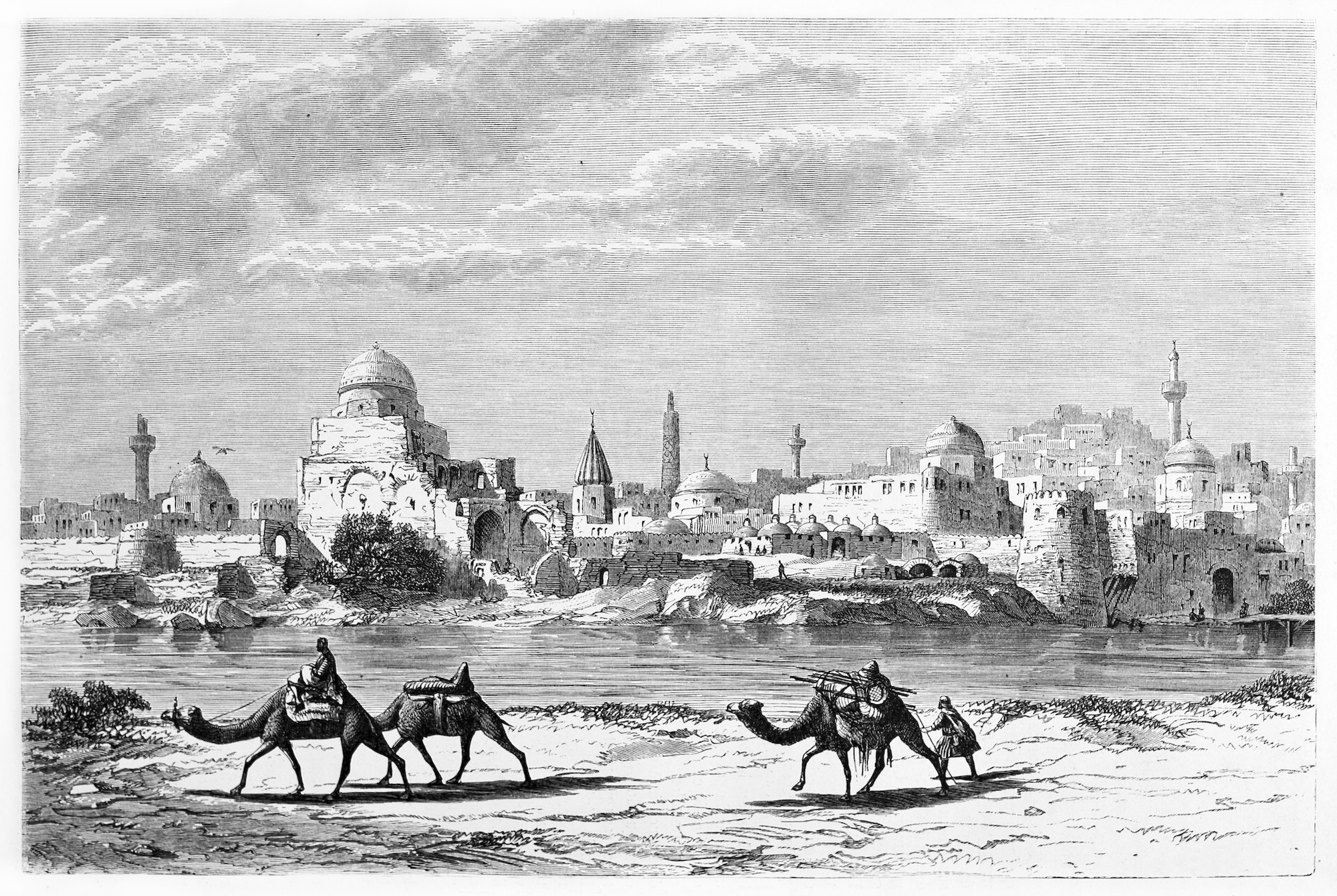
The Tigris River, a mighty waterway flowing through the heart of the Middle East, is steeped in history and mystery. For thousands of years, it has witnessed the rise and fall of civilizations, shaping the destiny of the lands it traverses. In this article, we will embark on a captivating journey along the Tigris River, uncovering 10 fascinating facts that shed light on its significance. From its role in ancient civilizations to its ecological importance, let’s delve into the wonders of the Tigris River and appreciate its timeless allure.
Historic Cradle of Civilization
The Tigris River, along with its counterpart, the Euphrates River, is considered one of the cradles of civilization. It nurtured the growth of ancient Mesopotamia, the land between the rivers, where the Sumerian, Assyrian, Babylonian, and other great civilizations thrived. The Tigris River served as a lifeline, providing fertile soil, transportation, and sustenance for these early societies.
Mesopotamia’s “Great River”
The Tigris River was known as “Idiglat” in ancient Sumerian, meaning “the Great River.” This name reflects the river’s immense importance and the reverence it held in the hearts of the people. It served as the main artery for trade, connecting distant regions and facilitating cultural exchanges in the ancient world.

Length and Watershed
The Tigris River stretches approximately 1,850 kilometers (1,150 miles) in length. It originates in the Taurus Mountains in eastern Turkey and flows southeastward through Iraq, converging with the Euphrates River near the Shatt al-Arab waterway, before emptying into the Persian Gulf. The river’s watershed encompasses vast areas of Turkey, Syria, and Iraq.
Flowing Through Mesopotamia
The Tigris River played a pivotal role in the development of Mesopotamian civilization. Its fertile banks provided the ideal conditions for agriculture, enabling the growth of crops like wheat, barley, and dates. The river’s waters were harnessed through an extensive system of canals, facilitating irrigation and transforming the surrounding lands into flourishing agricultural centers.
Legendary City of Baghdad
The Tigris River is intimately tied to the legendary city of Baghdad, the capital of Iraq. Founded in the 8th century by the Abbasid Caliphate, Baghdad lies on the eastern bank of the Tigris. The city became a thriving center of commerce, culture, and learning, attracting scholars, artists, and merchants from across the Islamic world.
Bridge of the Lion
One of the iconic landmarks of Baghdad is the Jisr al-Ma’mun, also known as the Bridge of the Lion. This historic bridge spans the Tigris River, connecting the eastern and western parts of the city. It is named after Caliph al-Ma’mun, who commissioned its construction in the 9th century.

Rich Biodiversity
The Tigris River supports a diverse range of flora and fauna, contributing to the region’s rich biodiversity. Its waters are home to various fish species, including carp, catfish, and barbel. The surrounding marshlands and wetlands provide vital habitats for migratory birds, such as herons, storks, and flamingos.
Threats to Ecosystem Health
Despite its ecological significance, the Tigris River faces numerous challenges that threaten its health and biodiversity. Pollution from industrial waste, agricultural runoff, and urbanization poses significant risks to the river’s ecosystem. Dams and water diversion projects have also impacted the river’s flow and disrupted natural habitats.
Ancient Mesopotamian Trade Routes
The Tigris River served as a major trade route in ancient times, connecting Mesopotamia with neighboring regions. Goods such as textiles, spices, metals, and agricultural products were transported along its waters, fostering economic exchanges and cultural interactions between civilizations.
Cultural and Literary Inspiration
The Tigris River has inspired countless poets, writers, and artists throughout history. Its meandering course, serene banks, and timeless significance have found expression in literature, music, and visual arts. It continues to captivate the imaginations of people around the world, serving as a symbol of ancient heritage and human resilience.
Conclusion
As we conclude our journey along the Tigris River, we are reminded of its profound impact on the past and present of the lands it embraces. From its role as the cradle of civilization to its ecological importance, the Tigris River is a testament to the intricate relationship between humanity and nature. Let us treasure and protect this historic waterway, ensuring its legacy endures for generations to come.
Was this page helpful?
Our commitment to delivering trustworthy and engaging content is at the heart of what we do. Each fact on our site is contributed by real users like you, bringing a wealth of diverse insights and information. To ensure the highest standards of accuracy and reliability, our dedicated editors meticulously review each submission. This process guarantees that the facts we share are not only fascinating but also credible. Trust in our commitment to quality and authenticity as you explore and learn with us.


